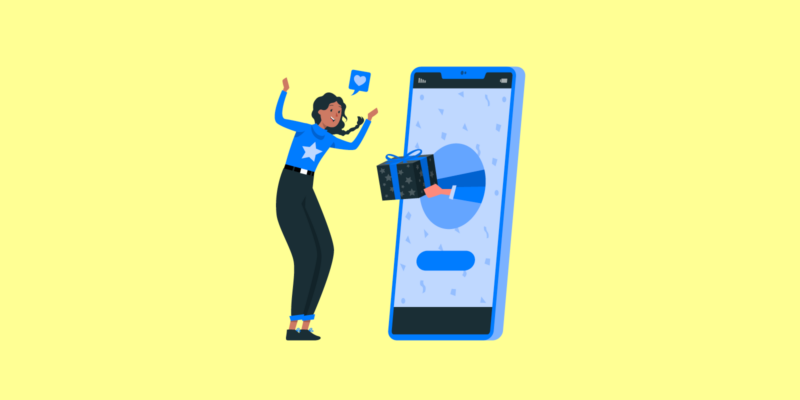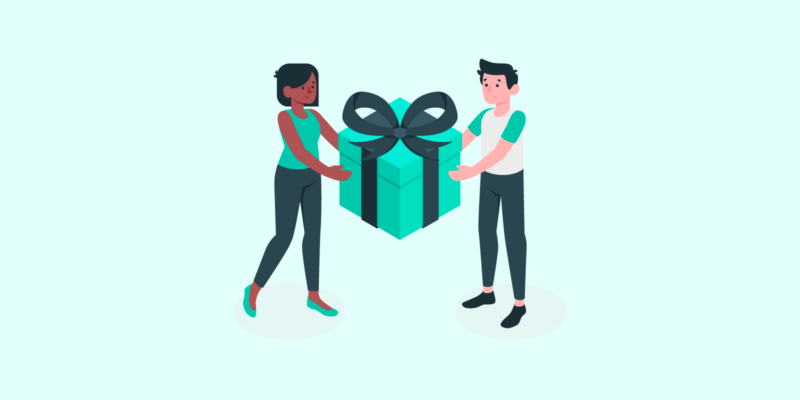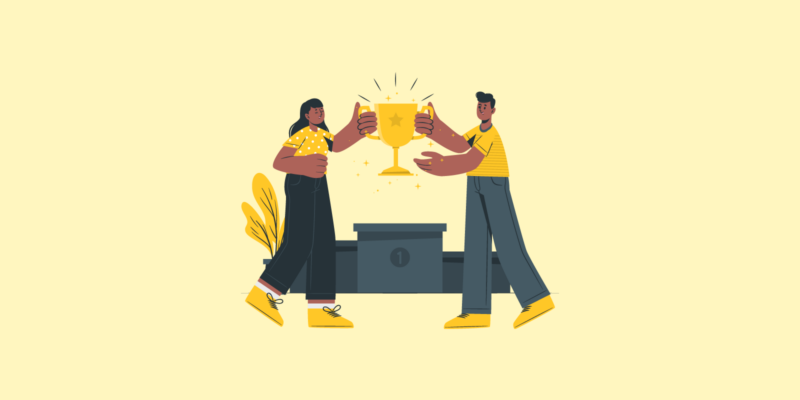“True loyalty isn’t bought; it’s earned,” goes the wise saying, and it holds a big truth in the business realm, where the most successful are those who invest in earning the trust and loyalty of their customers.
Think about it – when did you last feel genuinely valued by a brand? For sure, the first brand that comes to your mind has an excellent value-based loyalty program.
Nowadays, more than 90% of companies have some form of loyalty program, as they have become a common practice among businesses.
They offer value-driven, innovative programs created to reward customer loyalty and build a solid core of brand followers, significantly influencing consumer behavior.
In this article
Understanding Loyalty Programs
What are Loyalty Programs?
Loyalty programs are customer retention strategies designed to keep customers returning to your brand. Essentially, they reward customers each time they interact with your company.
Customers who repeat purchases or engage with your brand earn rewards like discounts, free products, or exclusive perks.
Benefits of a Successful Customer Loyalty Program

Having a customer loyalty program is a strategic tool that offers many benefits. These programs are for strengthening customer relationships and driving sales.
Here are the main benefits of a well-designed and implemented customer loyalty program:
- Customer Retention: The main goal is to convert regular customers into long-term fans, creating a community of loyal customers who feel deeply connected to your brand. This connection will distinguish you from competitors, boosting your brand development process.
- Word of Mouth Marketing: Happy customers talk! When they love your rewards, they’ll share their experiences with friends and family. This organic marketing, also known as referral marketing, is gold for attracting new customers without spending extra on ads.
- User-Generated Content: Loyalty programs encourage customers to share their experiences on social media. This user-generated content is a powerful tool, giving you free promotion and valuable feedback.
- Boosts Revenue: Here’s the fun part – more customer loyalty means more sales. When customers join your loyalty program, they’re likely to spend more and more often.
- Improves Customer Lifetime Value: Customer loyalty programs are about long-term customer relationships, leading to increased spending over time and creating a lasting bond.
- Build Brand Loyalty: At its heart, these programs make customers feel valued and appreciated. This emotional connection turns casual buyers into die-hard fans of your brand.
- Brand Differentiation: In a sea of options, you can set yourself apart from your competition by offering custom loyalty programs that keep customers choosing you over others.
- Cost-Efficacy: Compared to acquiring new customers, keeping existing ones is a bargain. Customer loyalty programs are a cost-effective strategy to maintain a steady customer base without breaking the bank.
- Motivate Customers: These programs do more than just reward; they motivate. Customers get excited about earning points or climbing to a higher tier. It turns shopping into a fun, engaging experience.
As you have seen, customer loyalty programs have a lot of benefits, and implementing a well-thought-out one is a smart move for any business looking to grow and thrive.
The Evolution of Customer Loyalty Programs
Customer loyalty programs have been around for centuries, even from the time of the pyramids and pharaohs.
In ancient Egypt, workers, conscripts, and slaves were awarded commodity tokens as a form of payment for their labor. These tokens were used as a currency to exchange for goods such as beer and bread.
From there and fast forward to the modern era, we have been through metallic tokens like coins in the late 1800s, paper-based Stamps, Certificates, and Coupons in the 1900s, and Miles&Points in the 1980s.
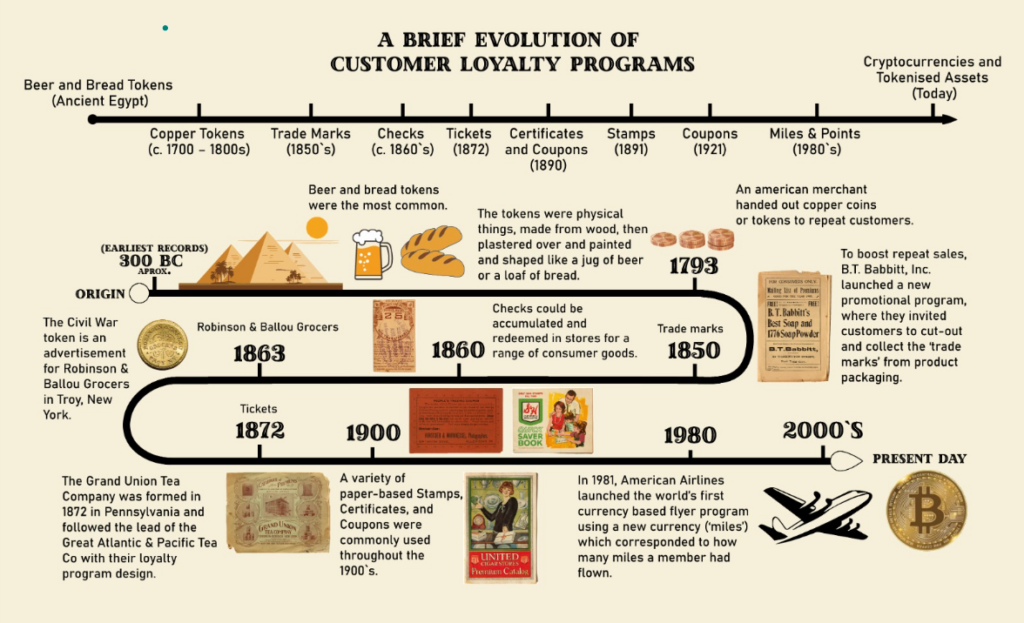
Brands now have loyalty apps, online stores, and social media channels that can be integrated to create omnichannel experiences through technology. That allows customers to access loyalty programs from multiple touch points, whether through a loyalty app or an integrated system within an online store.
Moreover, these digital platforms allow businesses to collect valuable customer data, offering insights into preferences and habits.
This evolution makes it easier for customers to earn rewards and for businesses to track and enhance their loyalty strategies.
Emotional Connection and Customer Loyalty
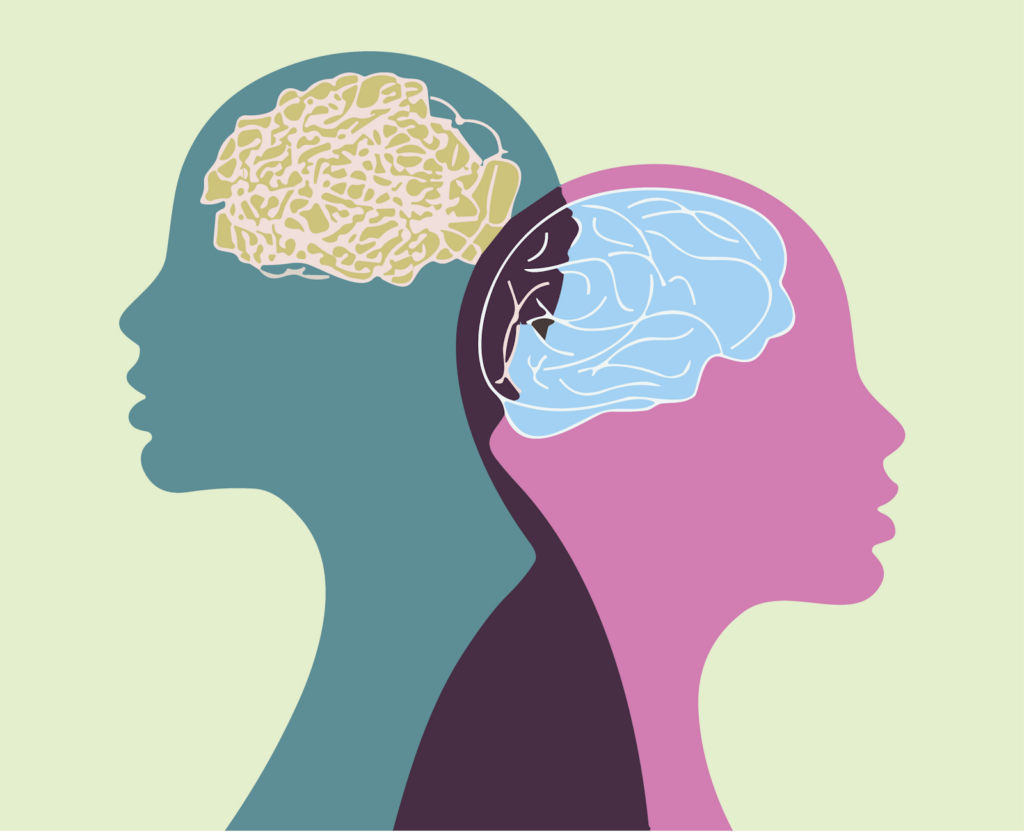
The emotional bond between customers and brands is vital in fostering loyalty. This connection goes beyond just liking the product or service; it’s about how a brand makes customers feel.
This study about the Science of Customer Emotions shows examples of companies that achieved impressive double-digit growth by implementing a compelling emotional connection strategy with their customers.
They call the feelings that drive customers’ behavior “emotional motivators.” As a marketing metric, emotional motivators better gauge customers’ future value to a firm than any other, including brand awareness and customer satisfaction.
Below are ten emotional motivators that significantly affect customer value:

Brands that evoke positive emotions such as well-being, freedom, confidence in the future, and a sense of belonging tend to retain customers more effectively.
This emotional engagement is powerful because it transforms customers into brand ambassadors.
They don’t just stick to a brand because of habit or convenience but because they believe in what it stands for. This kind of loyalty is more resilient against competitors’ efforts and market changes.
Creating Your Loyalty Program
Key Factors of a Successful Loyalty Program
As we have seen, a successful loyalty program creates a strong emotional connection with customers, making them feel genuinely valued and part of something special.
Do you want to know what transforms a loyalty program from good to extraordinary?
- Customer Emotional Connection: Understanding and aligning with customers’ emotional motivators is crucial. Customers feel a deeper connection when they see their values reflected in your program, like sustainability or community support.
- Real Value Delivery: An effective rewards program also offers real value, not just in terms of customer rewards and enhancing the overall customer experience. It’s about going beyond the transaction to create memorable experiences.
- Personalization: This is key in tailoring the loyalty experience. Offering rewards based on individual purchasing behavior and preferences shows customers they are appreciated.
- Simplicity: Another essential element is simplicity and accessibility. If earning and redeeming rewards is complicated, customers might lose interest. Successful programs keep it straightforward and user-friendly.
- Adaptation: Finally, successful customer loyalty programs evolve. They respond to changing customer needs and market trends, ensuring they remain relevant and engaging.
Types of Loyalty Programs
In the world of customer loyalty, one size definitely doesn’t fit all. That’s why understanding the different types of rewards programs is necessary for tailoring an approach that resonates with your customer base.
Here are some examples of different reward program types and how they can benefit your brand:
- Points-Based Loyalty Programs: These are the most common. Customers earn points for purchases or actions, like social media shares. Points can be redeemed for discounts, products, or other perks. It’s simple: buy more, earn more.
- Paid Loyalty Programs: Customers pay a fee (monthly or annually) to access exclusive benefits. This paid loyalty program model often combines with other types, offering extra perks like free shipping or early access to sales.
- Value-Based Loyalty Programs: These align with customers’ values. For instance, a purchase might contribute to a charitable cause. It’s about making customers feel their spending has a positive impact.
- Tier-Based Rewards Programs: Customers climb levels based on their engagement or spending. Higher tiers offer better rewards, motivating customers to aim higher.
- Mission-Based Programs: These focus on shared goals or missions between the brand and customers. For example, completing eco-friendly actions for rewards. It’s about creating a sense of purpose.
- Spend-Based Programs: Rewards are based on the amount spent. The more a customer spends, the bigger the reward. It’s straightforward to understand.
- Subscription Programs: Similar to paid programs, but more focused on recurring purchases. Customers subscribe to receive products or services regularly, often at a discounted rate.
- Community Programs: These foster a sense of community among customers. Members might get access to exclusive groups, events, or forums. Belonging to a group of like-minded individuals is the idea.
- Refer-a-Friend Programs: Customers get rewards for bringing in new customers. It’s a win-win; the brand gets new business, and the customer gets rewarded.
- Cashback Programs: Customers get a percentage of their spending back. It’s simple and appealing because who doesn’t like getting money back?
Each program has its unique appeal and can be tailored to fit different business models and customer preferences.
The key is to choose the type that aligns best with your brand values and customer expectations, ensuring a rewarding experience for both.
Design of Your Loyalty Program

Your loyalty program should bridge your business goals and what your customers desire. Are you aiming to boost sales, improve your brand’s growth strategy, or increase customer lifetime value? Understanding this will shape your program’s direction.
- Figure Out Your Goals: Clear goals should guide your strategy for success, whether that means more repeat customers, higher sales, or better customer engagement.
- Choose the Type of Reward: What will excite your customers? Discounts, exclusive access, free products? Your rewards should align with your customers’ interests and your business’s capabilities.
- Select the Type of Loyalty Program: Based on your goals and chosen rewards, decide which program type fits best. Points-based, tier-based, or something more unique like a Mission-Based Program? Evaluate each program’s strengths and weaknesses to determine the best fit.
- Decide How You Want to Run Your Program: Think about the logistics. Will it be digital, using an app or online store, or more traditional, like punch cards? The method should fit both your business model and your customer’s preferences.
- Infuse Your Branding: Your loyalty program should scream your brand. From the program’s name to its look and feel, make sure it’s unmistakably yours.
- Market Your Customer Loyalty Program: No rewards program can succeed without proper marketing. Use effective social media tactics to spread the word among all your channels.
- Observe and Modify: Finally, watch your program’s performance. Be ready to tweak and evolve it based on customer feedback and changing market trends.
Personalization and Customer Experience
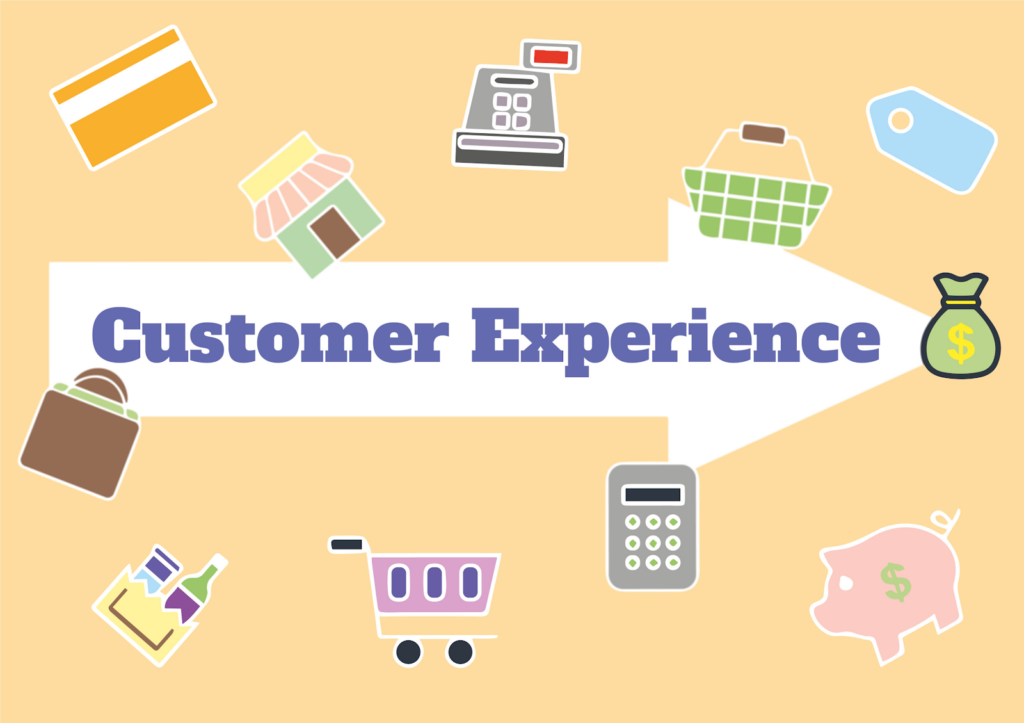
As we have highlighted previously, one of the critical factors of a successful loyalty program is personalization to fit customer preferences.
Some options for tailoring your customer loyalty programs are:
- Reward a Variety of Customer Actions: Don’t just focus on purchases. Reward actions like social media engagement, referrals, or providing feedback. This approach recognizes and values different forms of customer participation.
- Offer a Variety of Rewards: Diversity is key. Mix it up with discounts, exclusive products, early access to sales, or even unique experiences. This caters to different tastes and keeps the program exciting.
- Make “Points” Valuable: Ensure that the points customers earn have real value. They should be easy to accumulate and redeem. Customers might lose interest if they feel it takes forever to earn a reward.
- Provide Multiple Opportunities for Customers to Enroll: Make it easy to join your program at various points of interaction – online, in-store, during checkout, or through social media.
- Explore Partnerships to Provide More Compelling Offers: Collaborate with other businesses to offer more diverse rewards. This can boost the appeal of your program and introduce customers to complementary products or services.
- Make It a Game: Gamification adds a fun element. Challenges, milestones, and leaderboards can make participation more engaging and drive more frequent interactions.
Implementing Your Loyalty Program With Woorise
The right digital tools and strategies for customer connection are the most important things to consider if you want to launch a successful loyalty program today.
Woorise stands out as an all-in-one lead generation and marketing platform, offering dynamic ways to engage your audience and amplify your customer loyalty programs.
With Woorise, you can have powerful branded giveaways, social promotions, and rewarding campaigns, transforming how you interact with and captivate your customers.
Here’s how you can use Woorise’s giveaways and contest features to elevate your program:
- Creating Engaging Campaigns:
- Viral Giveaways and Contests: Use Woorise to create compelling branded giveaways and social promotions. This not only boosts your social engagement but also helps in growing your social following and email list.
- Reward-Based Actions: Encourage customers to take specific actions on social platforms or your website and reward them with bonus entries. This creates a more interactive and rewarding experience for your customers.
- Expanding Your Reach:
- Refer-a-Friend Campaigns: With Woorise’s Viral Share feature, incentivize your customers to refer friends, increasing both sharing and participation in your loyalty program.
- Geo-Targeting: Tailor your campaigns to specific countries, ensuring your loyalty program appeals to the right audience.
- Simplifying Winner Selection:
- 1-Click Winner Selection: Woorise offers an easy way to pick winners from your campaign entrants, streamlining the process and maintaining transparency.
- Instant Rewards and Promotions:
- Instant Win Features: Instantly reward your customers, enhancing their experience and engagement with your brand.
- Promotional Code Validation: Use secret codes for a wide range of applications like receipt/order numbers, local store codes, printing codes on products, sharing codes via social media, and more.
- Suspicious Activity and Scams:
- Automatic Fraud Detection: Woorise has advanced anti-fraud measures to identify and eliminate cheaters, including Google reCAPTCHA and email verification. Suspicious activity in campaigns is automatically flagged, and those entries are invalidated for review.
- Pre-Designed Templates:
- Getting Started with Templates: Start quickly with Woorise’s conversion-optimized templates, making it easier to launch your loyalty program.
Integrating these features into your loyalty program creates a more engaging, personalized, and effective strategy. With Woorise, you can simplify the process, allowing focus on what’s important – building lasting customer relationships.
Measuring Program Success
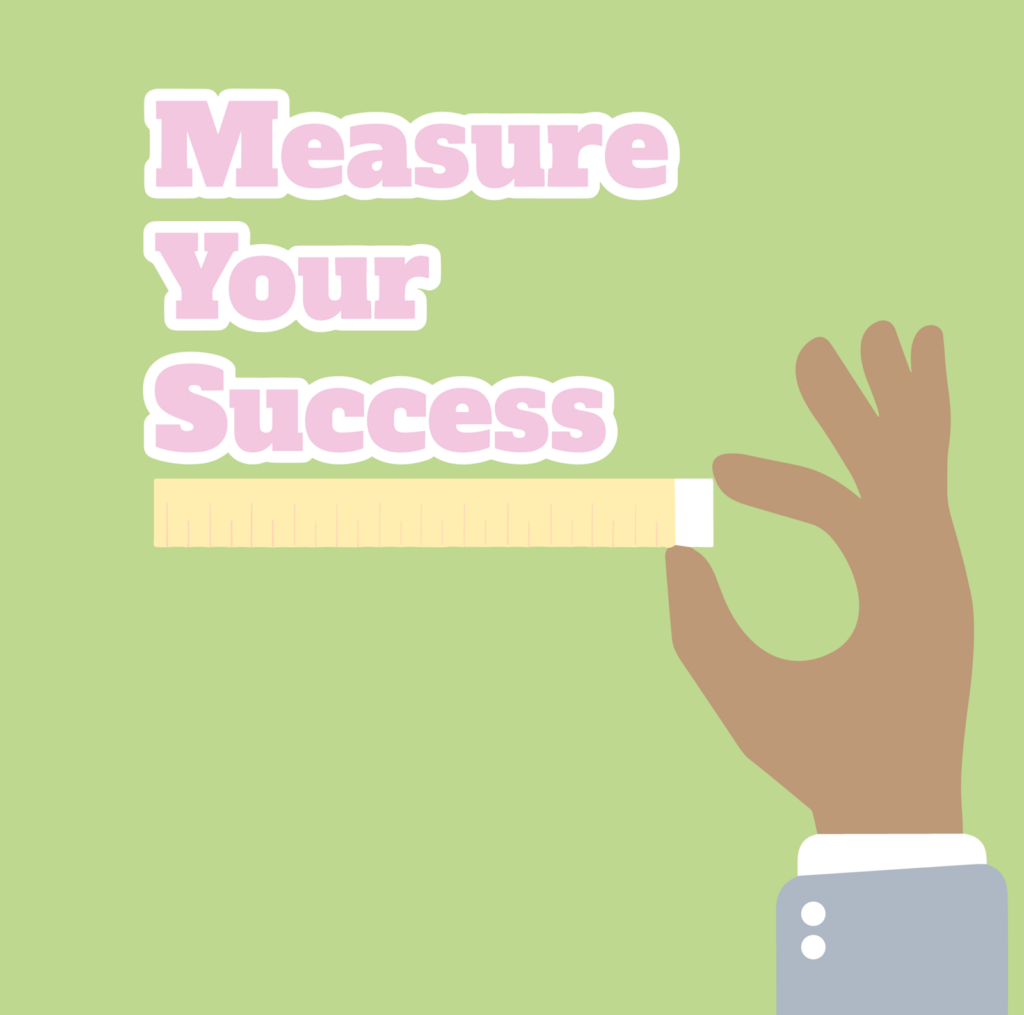
Analyzing the customer’s data can provide valuable insights into your customers’ behavior, preferences, and needs. That’s why collecting customer data is a crucial element for the success of your loyalty program.
By monitoring the right metrics, you can discover trends and patterns in your customers’ behavior that can assist you in identifying potential opportunities for growth and expansion.
Some important metrics to watch are:
- Enrollment numbers: How many customers are joining your program? This gives a baseline for customer interest.
- Active participation rates: How often are customers engaging with the program, earning and redeeming rewards? This indicates how compelling and relevant your program is to your customers.
- Customer retention metrics: Are customers joining the loyalty program more likely to continue doing business with you than non-members?
- Average spend: Track the amount spent by loyalty program members versus non-members. An increase in spending among members is a strong indicator of program effectiveness.
Another advantage of using Woorise for launching your customer loyalty program is that the Woorise platform integrates with Google Analytics, allowing you to monitor campaign activity in real time. You can keep track of metrics such as conversions, traffic sources, and exit rates.
Improving Programs with Customer Data Analysis
The key to refining your loyalty program lies in collecting and benefitting from your customer data. Every purchase, click, and engagement is a piece of the puzzle in understanding what your customers want and how they behave.
You can use Customer Data Platforms (CDPs) to categorize, filter, and synthesize your customer’s data into practical knowledge. CDPs are software tools that consolidate data from multiple sources into complete profiles and integrate with your data collection tools.
With CDPs, you can identify patterns and trends that inform your loyalty program strategies. For instance, if you notice many purchases in a particular category, consider tailoring rewards to complement those preferences.
The Importance of Customer Feedback
Customer feedback is a crucial element in shaping and refining customer loyalty programs. This feedback can provide invaluable insights into what’s working and what’s not.
For instance, if customers express that they find it difficult to earn rewards, you might need to adjust your points system to make it more user-friendly.
Similarly, positive feedback about certain rewards can indicate areas to double down on.
Beyond just collecting feedback, it’s essential to act on it. Implementing changes based on customer suggestions demonstrates that you value their input, which can significantly boost their loyalty and trust in your brand.
Always remember that a loyalty program that evolves in response to customer feedback is more likely to stay relevant and appealing in the long term.
FAQ
What is the World’s Largest Loyalty Program?
Amazon Prime is one of the most successful loyalty programs in the world, with more than 160 million subscribers.
The flagship benefit is the ultra-fast 1 or 2-day shipping; however, there are many other perks beyond the delivery benefits for rewards customers.
Members also enjoy access to digital benefits like Prime Video and Amazon Music, shopping benefits like Whole Foods, reading benefits like Prime Reading, and medical care benefits.
Amazon Prime regularly introduces new benefits to keep its members excited and eagerly anticipating the next exciting offer.
What are the Best Loyalty Programs?
A study was conducted by Newsweek and global data research firm Statista to determine America’s Best Loyalty Programs 2023.
Over 4,000 customers who were members of loyalty programs in the US were surveyed. They were asked various questions, including which programs offered valuable rewards, which programs they were most satisfied with, and which they would recommend to their friends and family.
A total of 239 programs were rated in 32 product and service categories across 11 broad sectors.
Here are the ten best American customer loyalty programs of 2023, according to the study:

How can Small Businesses Compete with Larger Ones in Terms of Loyalty Programs?
Small businesses can effectively compete with larger ones in the loyalty program arena by focusing on high-personalized, high-value approaches.
Here are the best two strategies to create compelling loyalty programs on a budget:
Hyper-personalize the Customer Journey:
Leverage what you know about your regular customers to create customized experiences. But you need to go beyond simply acknowledging special occasions like birthdays, sending personalized emails, or greeting regular customers by name.
Make good use of all the customer data from your client base and tailor the messaging, convenience, special offers, payment options, and exclusive products to create an outstanding customer experience.
Build Community Identity:
- Community Engagement: Build loyalty programs that foster a sense of community. Hosting local events or supporting local causes can resonate more with customers than generic rewards.
- Partnerships with Local Businesses: Collaborate with other local businesses to create joint loyalty programs. This can offer customers a wider range of rewards and benefits while sharing costs.
- Customer Appreciation Events: Host special events for loyal customers, such as VIP shopping hours or appreciation dinners.
- Collaboration with Influencers: Partner with local influencers to promote your loyalty program.
Putting to work these strategies will provide a personalized experience, making customers feel valued and fostering a sense of community among those with shared interests.
Conclusion
It’s evident that the secret to a thriving business lies in building and maintaining strong customer relationships.
From the vast empire of Amazon Prime’s global reach to small businesses’ intimate, personalized touch, customer loyalty programs play a vital role in retaining customers and growing a brand.
The programs that resonate with customers’ values and offer real value beyond transactions are the ones that forge a lasting bond.
Emotional connection, personalization, and adaptability are essential pillars in their design, but always remember to align business goals with customer desires and understand your customers deeply to choose rewards, program types, and operation details.
In the end, loyalty programs are not just about rewards; they’re about relationships. They’re an ongoing conversation between you and your customers, a promise of mutual value and respect.
Keep these insights in mind as you move forward, and you’ll transform your regular customers into true brand ambassadors.

